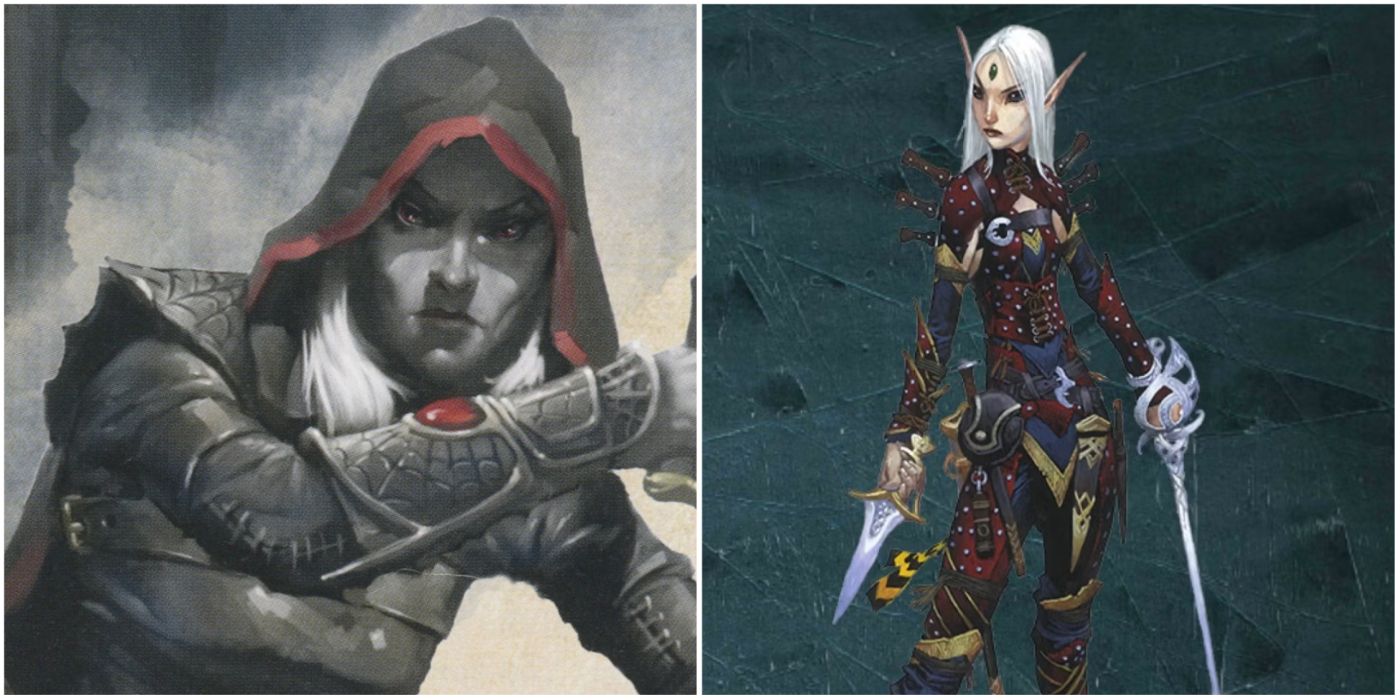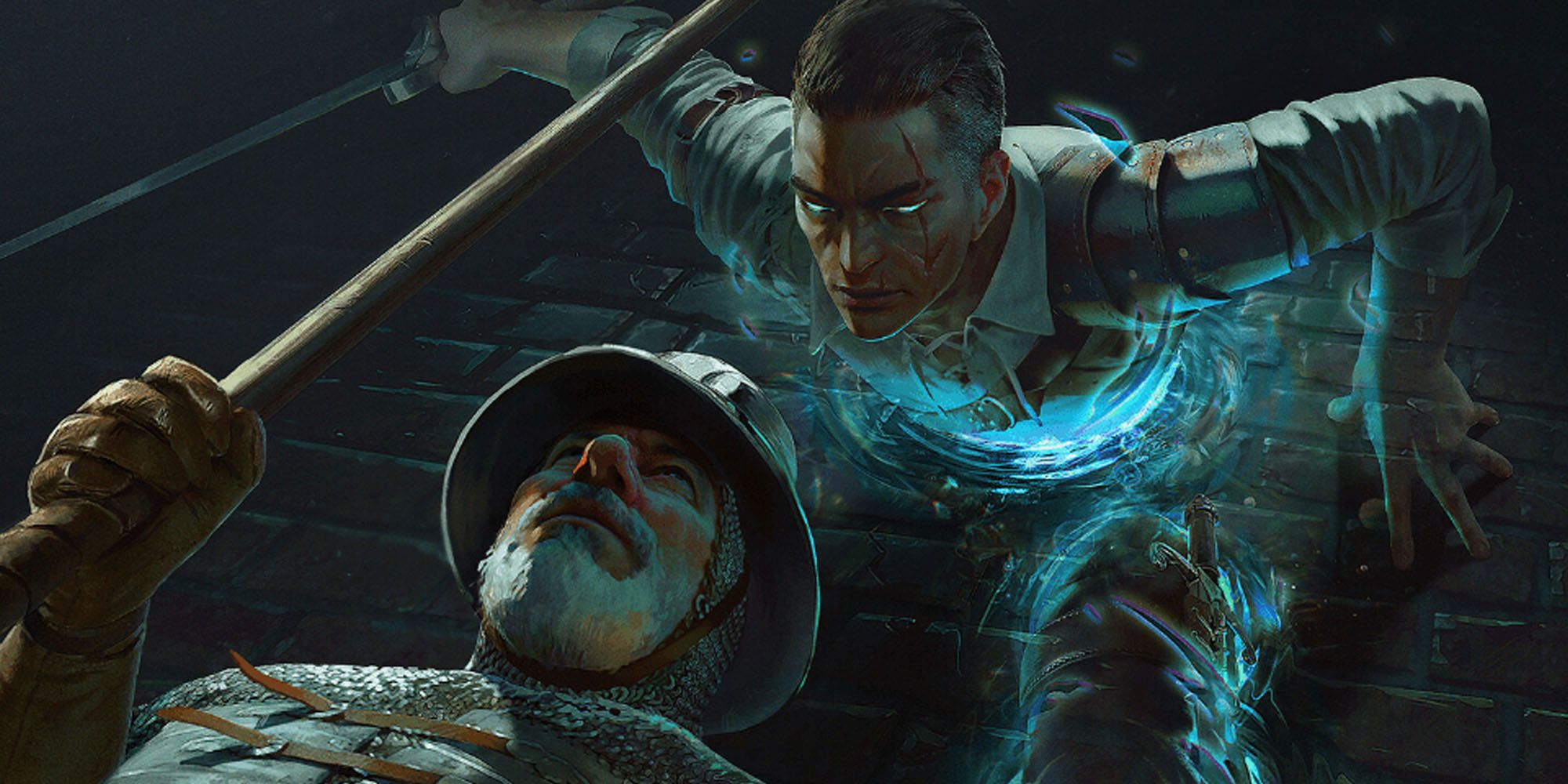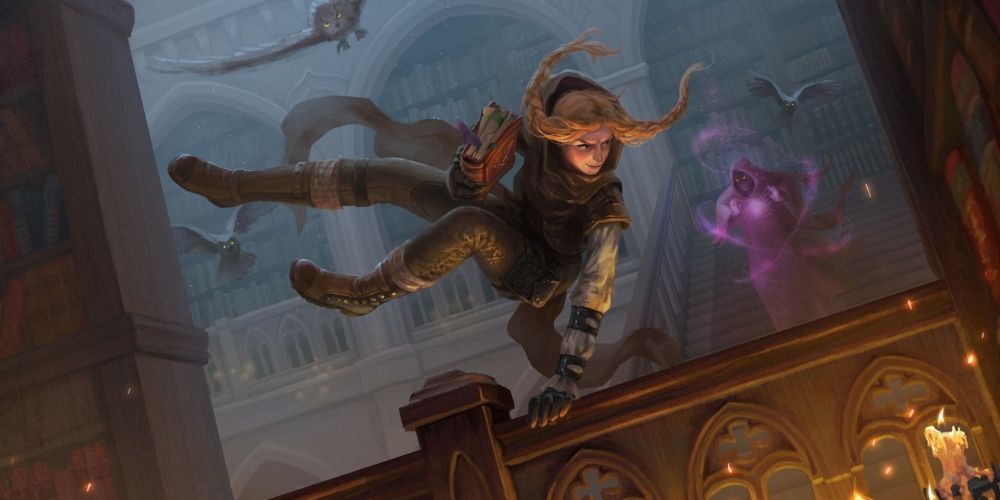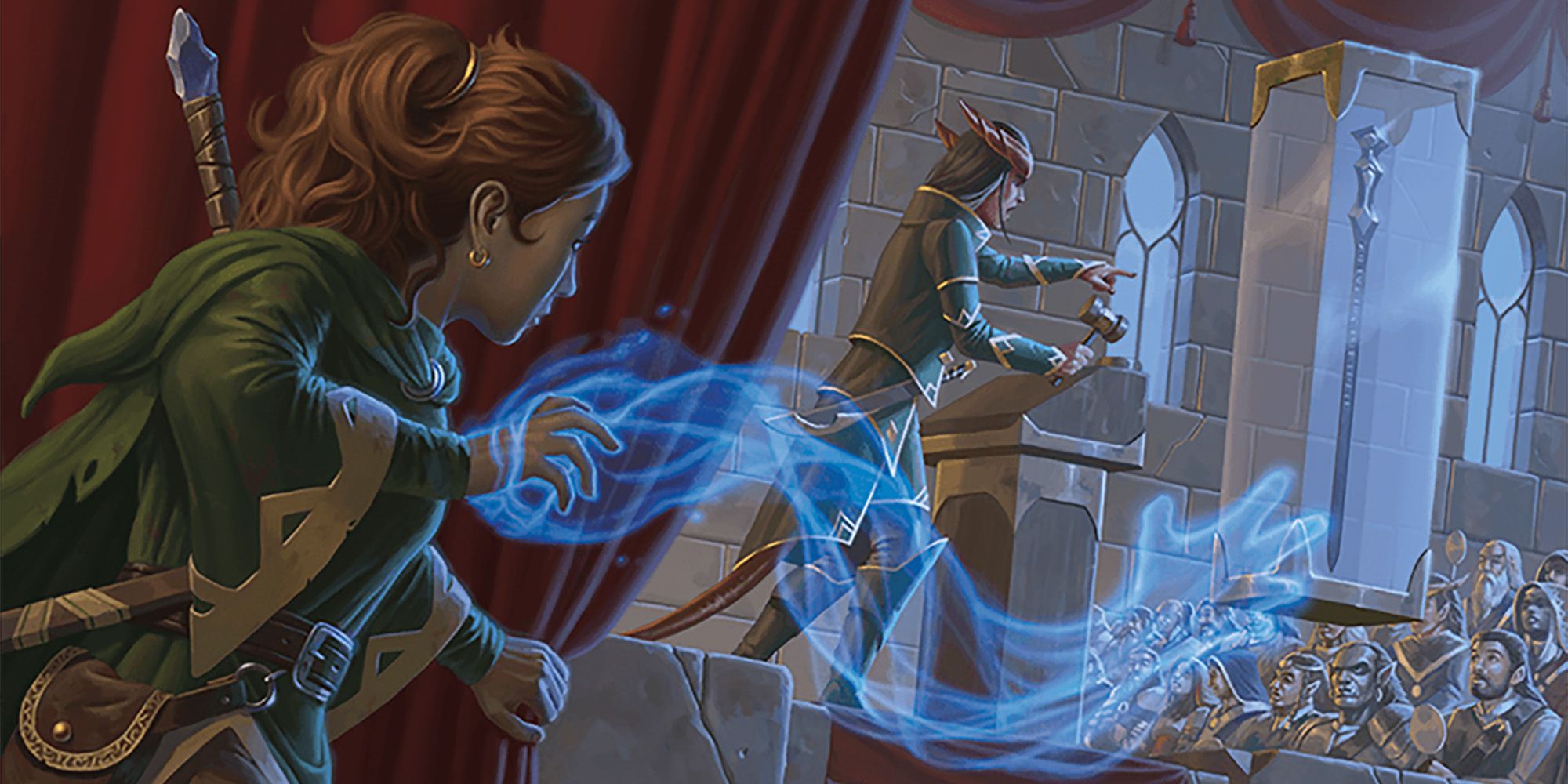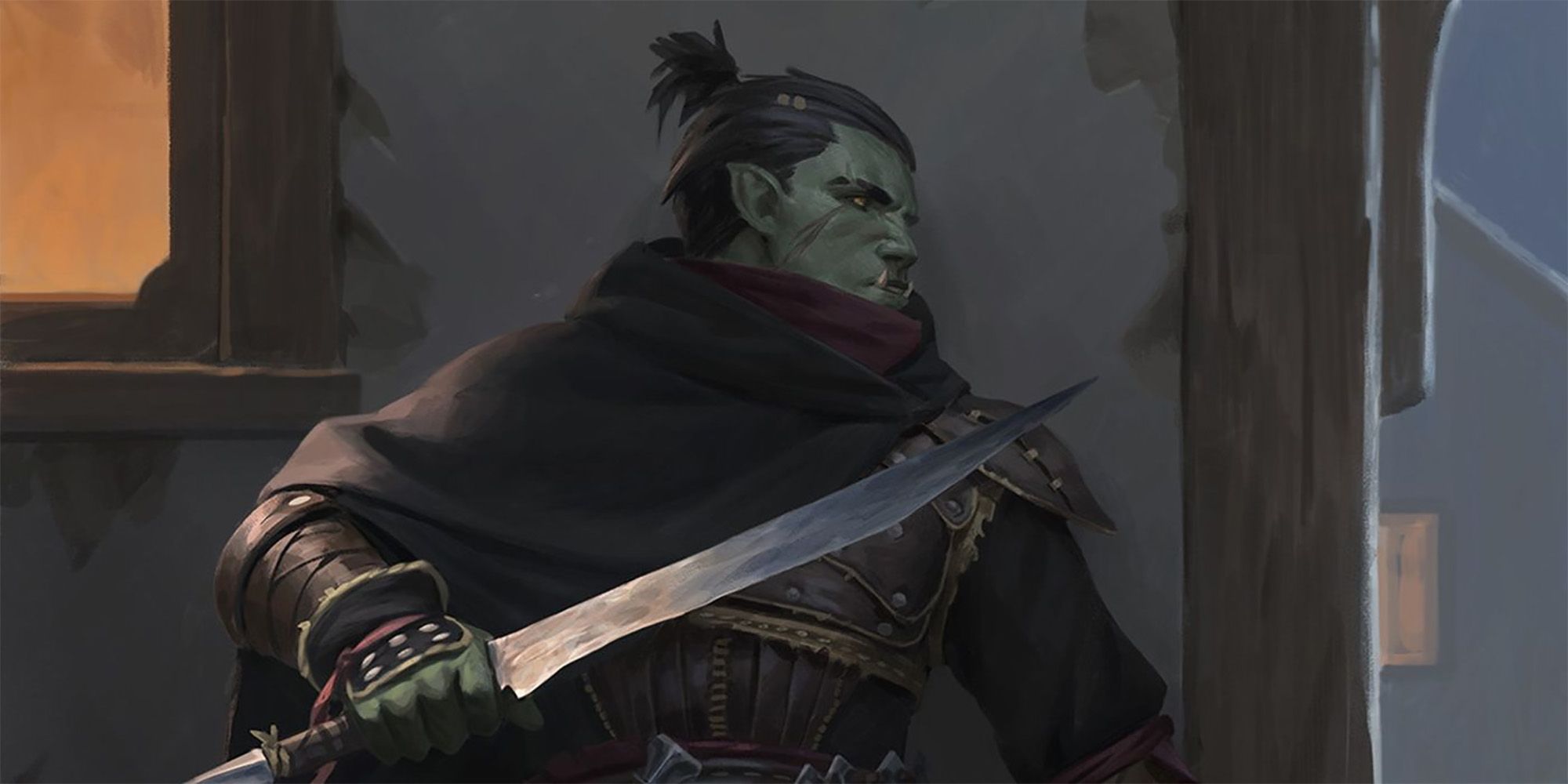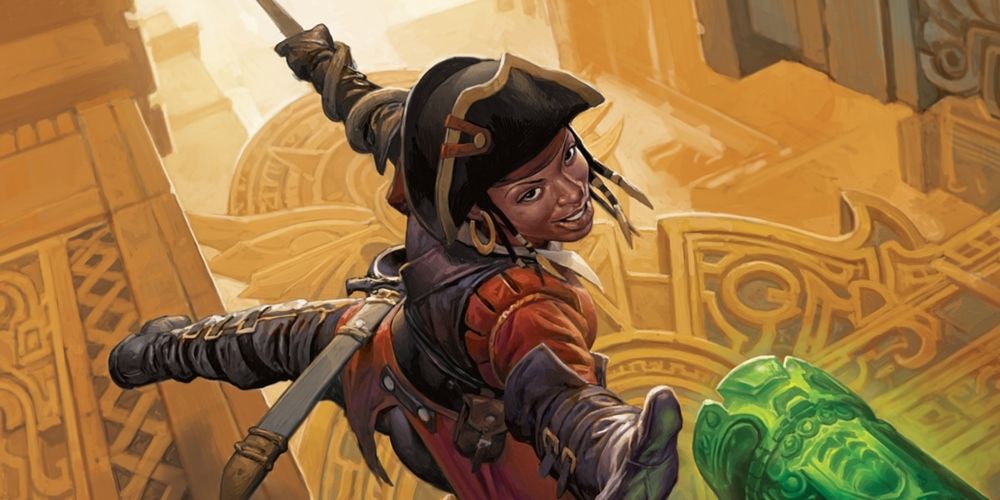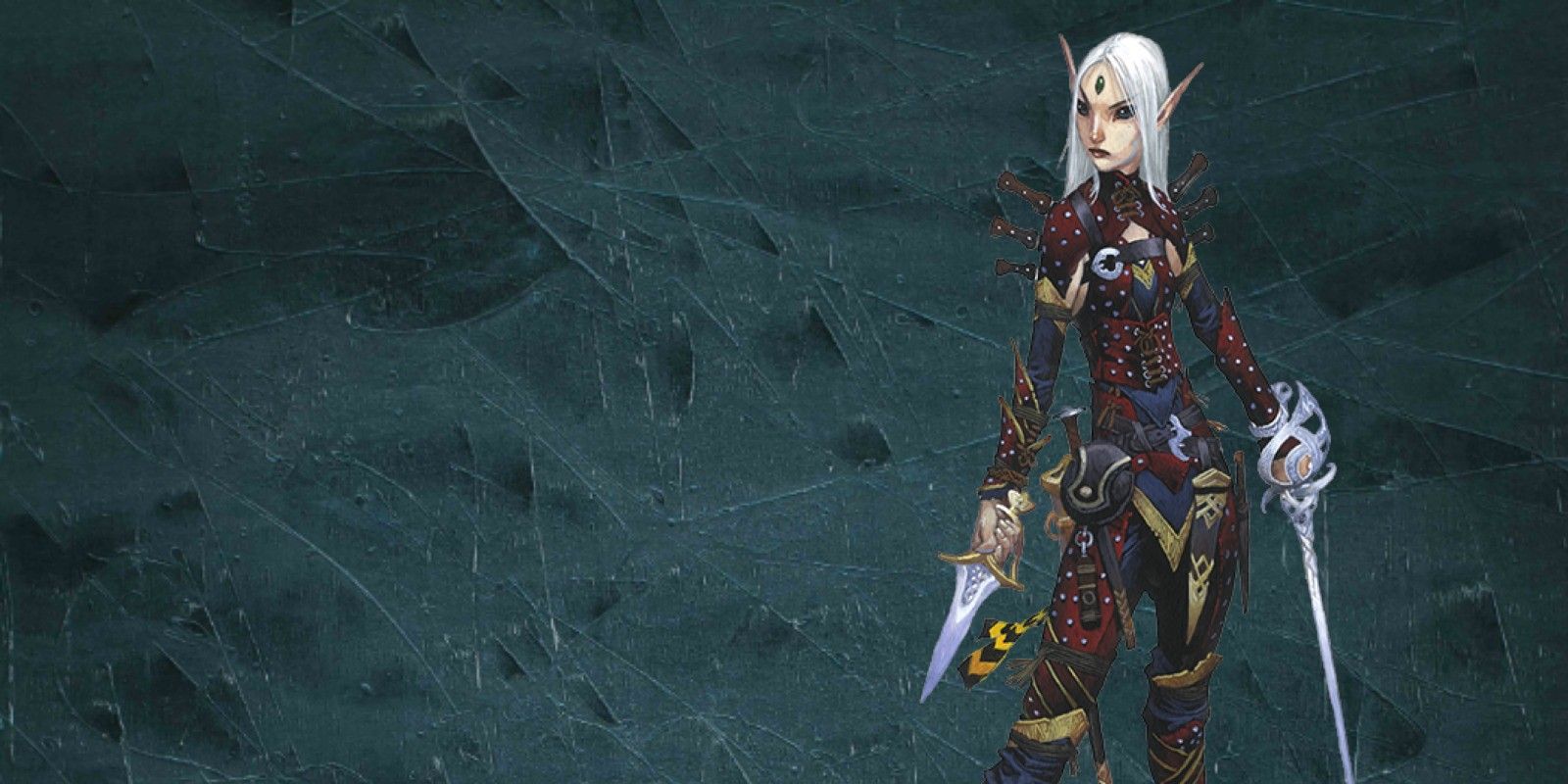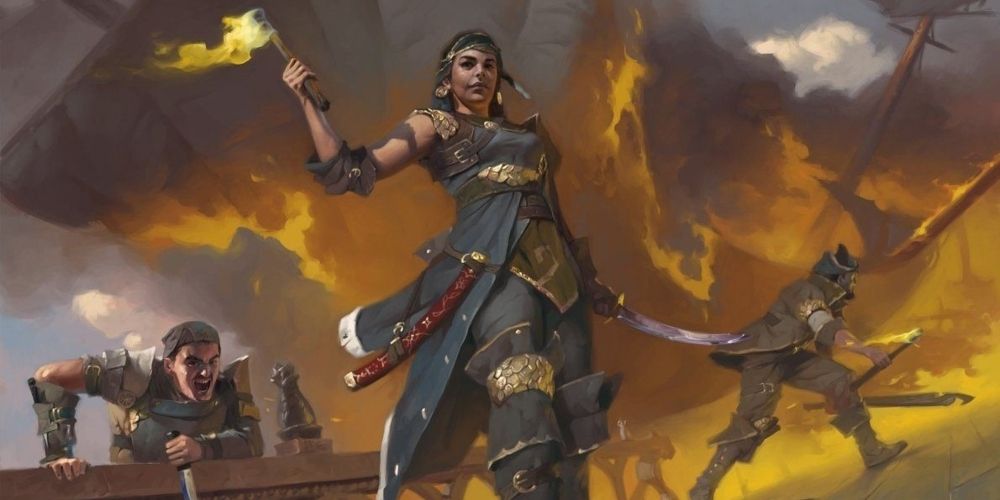Pathfinder and Dungeons & Dragons have a great many similarities. Even Pathfinder Second Edition, which goes out of its way to distance itself from the other system, has plenty in common with D&D 5e. This is most notable in the games' premises and core concepts. In particular, they share many of the same core classes.
Pathfinder 2e has more classes than D&D 5e. However, almost every D&D 5e class has some form of analog in Pathfinder. The rogue class appears in both systems. There are some clear similarities, such as their premise and combat style. However, the different mechanics of the system ensure plenty of differences as well.
Ways D&D Rogues Are Like Pathfinder Rogues
Sneak Attack Is A Central Ability Of Both
Little is more fundamental to a rogue's identity than Sneak Attack. Ever since the earliest editions of D&D, rogues have been defined by their use of cheap shots and indirect tactics in combat. They prefer not to square up to enemies one on one. Instead, rogues use distraction, misdirection, and stealth in combat.
In both D&D 5e and Pathfinder 2e, Sneak Attack is a rogue's central combat mechanic. It adds a number of d6s to their weapon damage that scales as they increase in level. Rogues need advantage on their attack or an ally next to their target to Sneak Attack in 5e. Pathfinder is similar, with the rogue needing a flat-footed target to deal this damage.
Both Get More Skills Than Other Classes
Rogues are also often skill specialists. Their main out-of-combat utility comes from being capable in a great many skills. A common rogue stereotype is that these skills involve deception, stealth, and sleight of hand. However, rogues can usually turn their mind to whatever they want. They can be charming, underhand, knowledgeable, and many other skills.
D&D 5e rogues get more skill proficiencies and Expertise than any class besides the bard. Even versatile classes like the artificer can't match their broad proficiencies. Pathfinder 2e rogues get a skill increase with every single level. This is twice as many as most other classes and leaves them unparalleled in their skills.
They Can Dabble With Magic In Either System
Rogues' versatility lends itself to many fields. In earlier editions of both D&D and Pathfinder, rogues often had to use multiclassing, prestige classes, or optional archetypes to get spellcasting. However, both D&D 5e and Pathfinder 2e let rogues dabble in magical abilities on top of their other kit.
The D&D 5e rogue has the Arcane Trickster Roguish Archetype. This grants them wizard spellcasting up to 4th level spells and several other magical abilities. The Pathfinder 2e rogue can take the Eldritch Trickster Racket. This lets them take a multiclass archetype for any spellcasting class without meeting its prerequisites.
They Can Both Use Their Dexterity To Add To Their Damage
Few rogues are hulking, muscular brutes. Strength is rarely one of a rogue's best ability scores. Even though Pathfinder 2e and D&D 5e have different ways of handling Dexterity attacks and Finesse weapons, both systems can let rogues use their Dexterity for damage.
In D&D 5e's case, this is a natural function of Finesse weapons. Rogues have to use Finesse weapons to trigger Sneak Attack, so they will almost always add their Dexterity to damage. In Pathfinder 2e, this is unique to the Thief Racket. In either system, a rogue can be well-rewarded for investing in Dexterity over all else.
They're Fragile In Either System, But With Caveats
Rogues rarely make good tanks. They have better Armor Class and hit points than most spellcasters. Melee combat is usually an option for them. Despite this, they often have worse armor and much fewer hit points than frontline warriors like fighters or barbarians. This doesn't mean rogues are helpless.
Rogues in both systems have several abilities to increase their sturdiness indirectly. D&D 5e's rogues get Uncanny Dodge, which lets them take half damage from a single attack; and Evasion, which increases their resistance to area-of-effect attacks. Pathfinder 2e rogues can't be caught flat-footed by most creatures, and also have their own version of Evasion.
Ways D&D Rogues Are Not Like Pathfinder Rogues
D&D Rogues Can Only Sneak Attack Once Per Turn
Sneak Attack is a useful ability in D&D 5e, but it's limited. A rogue can only take advantage of its bonus damage once per turn, regardless of how often they attack. This rewards players for contriving ways to attack on other characters' turns. Readied actions and Opportunity Attacks are invaluable for D&D 5e rogues.
This restriction is nowhere to be seen in Pathfinder 2e. Any time a 2e rogue attacks a flat-footed enemy, they get to deal additional Sneak Attack damage. This is balanced by Pathfinder 2e's lower Sneak Attack scaling, and by the diminishing accuracy of multiple attacks. Nonetheless, rogues can inflict a lot of damage on helpless enemies.
Pathfinder Rogues' Skill Bonuses Aren't As Comparatively High
Rogues are skill experts in both systems. Rogues have a broad range of skills that they can use better than most other characters. However, D&D 5e rogues push the limits of the system's math. Bonuses are small in D&D 5e. Expertise doubles a character's Proficiency Bonus. Rogues can get +17 to skills in a system where +3 is a respectable bonus.
Pathfinder 2e rogues are still better with skills than other classes. They get twice as many skill increases. This lets them increase more skills to Expert, Master, and Legendary than other classes. However, other classes can still increase skills to Legendary. In D&D 5e, rogues outstrip almost every other character with sheer bonuses. In Pathfinder 2e, they're instead much broader.
D&D Rogues Can't Debilitate Enemies Like Pathfinder Rogues
D&D rogues are almost entirely focused on damage in combat. Their base Sneak Attack doesn't inflict any additional status effects on allies. They lack the debilitating spells or Maneuvers of other classes. Rogues focus on reducing enemies' hit points and not much else in combat.
Pathfinder 2e rogues have a little more versatility. Besides Sneak Attack, they get the Debilitating Strike ability. This is a free action that they can use to inflict status effects on flat-footed targets. This later upgrades to Master Strike, which can enfeeble, paralyze, or even instantly kill enemies. In addition, feats can give rogues additional effects on their strikes.
A D&D Rogue's Free Feat Is Much More Open
Part of a rogue's versatility and strength in D&D comes from an additional Ability Score Improvement. The rogue is one of two classes to get more than standard. They can use this to increase their ability scores higher than other characters. Alternatively, they can use it to take one of D&D 5e's feats.
Rogues have their free choice of feats with their extra Ability Score Improvement. This isn't the case with Pathfinder 2e's rogue. All classes in 2e get ability boosts at the same levels. The rogue does get additional feats compared to other classes. However, these are all skill feats and more limited than the D&D 5e rogue's free choice.
Pathfinder Rogues Can Learn To Sneak Attack With More Weapons
Sneak Attack has heavy restrictions in both systems. These are thematic as well as mechanical. An unexpected chop with a greatsword would likely be devastating. However, both systems require rogues to use Finesse or ranged attacks to benefit from Sneak Attack. The exception to this is one of Pathfinder 2e's Rackets.
The Ruffian Racket is built around intimidation and combat. One way this manifests is in the ability to Sneak Attack with any simple weapon. A Ruffian rogue can focus on Strength and sneak attack enemies with clubs or spears. This also gives more versatility, as it lets the rogue use more of Pathfinder 2e's many weapons well.

